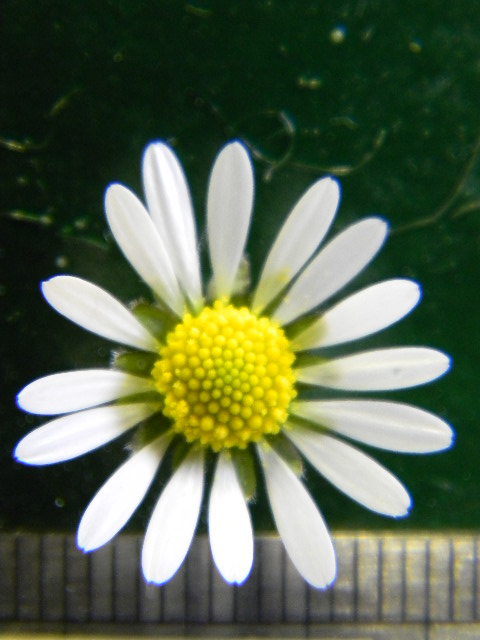Factors determining visual detection distance to real flowers by bumble bees
DOI:
https://doi.org/10.26786/1920-7603(2017)oneAbstract
Plants use visual signals to attract pollinators and direct them to their flowers. Visual capabilities of bees have been extensively studied mostly using artificial paper models. However, there is no empirical determination of the maximal detection distance (MDD) or minimal subtended visual angle (MSVA) of real flowers. Using a six armed radial maze, we tested MDD and MSVA of 12 types of natural and manipulated real flowers by bumble bee (Bombus terrestris) workers. Bees were initially trained to obtain sugar solution at target flowers that were presented at close range on a mobile divider at the back of one of the six arms. Bees were individually marked and tested. For bees that passed the short range test, we gradually increased the distance of the target flower, until the number of successful choices reached chance level, indicating that they could not see the target flowers. The results show that MSVA of flowers is correlated with flower diameter but not with MDD. The variation in MDD to natural flowers by bumble bee workers can be best predicted by: MDD = flower coloured area / (contour line * green contrast). Contour line length determines flower dissectedness. Full circular flowers can be detected from longer distance than dissected flowers with identical diameter. We hypothesize that dissected flower shapes might be compensated by their higher attractiveness for bees. Empirical determination of real flower MDD and MSVA is important for studying bee foraging behaviour, pollinator induced evolution of flower traits and validation of neurophysiological visual models.
Published
How to Cite
Issue
Section
License
Copyright (c) 2017 Gidi Ne'eman, Rina Ne'eman

This work is licensed under a Creative Commons Attribution 4.0 International License.
JPE is an open access journal which means that all content is freely available without charge to the user or his/her institution.
Authors who publish with this journal agree to the following terms:
1) Authors retain copyright and grant the journal right of first publication with the work simultaneously licensed under a Creative Commons Attribution License that allows others to share the work with an acknowledgement of the work's authorship and initial publication in this journal.
2) Authors are able to enter into separate, additional contractual arrangements for the non-exclusive distribution of the journal's published version of the work (e.g., post it to an institutional repository or publish it in a book), with an acknowledgement of its initial publication in this journal.
3) Authors are permitted and encouraged to post their work online (e.g., in institutional repositories or on their website) prior to and during the submission process, as it can lead to productive exchanges, as well as earlier and greater citation of published work (See The Effect of Open Access).
To assure a broader targeted audience, content will be included into databases (such as EBSCO) and directories (such as DOAJ).











